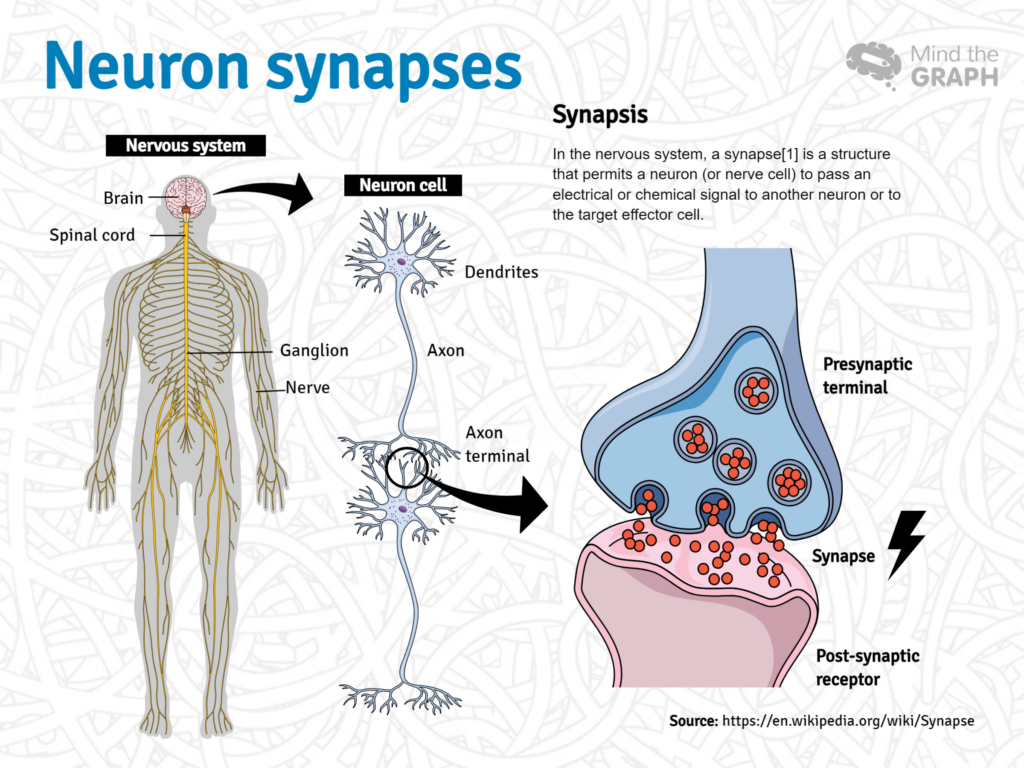The Reward System
An internally motivated strategy controls how big an effort we put forth for accomplishing a goal.
The question is: What motivates us to give our best effort toward any goal, however seemingly insignificant it may seem? Is it our brain trying to lure us into a reward as a motivation strategy that will propel us forward? What are the reasons behind our actions?
The reward system is weakened by many pathological conditions, causing a lack of motivation.
A recent study in Japan examined monkeys’ reward system networks and tweaked them. In their study, the researchers uncovered a couple of fundamental aspects of reward systems aimed at enhancing motivation.
From a neurological standpoint, it comes down to the reward system of the brain, which influences our propensity to pursue our goals and enjoy the satisfaction that comes with accomplishing them.
To identify the source of the detrimental psychological difficulties that may be faced by certain groups of people (for example, those with depression, schizophrenia, or Parkinson’s disease, whose reward systems are typically compromised), researchers are investigating the reward system’s mechanisms and how it makes decisions about whether or not to initiate certain actions.
Decoding Motivation: What researchers found out
Every day, we weigh the benefits and costs of an action, determining whether to act or not. Benefits (rewards) increase the likelihood of a successful outcome, while the cost of achieving that outcome (risk, delay, and hard work) results in decreased rewards.
Dopamine (DA) is a key component of motivation, affecting behavior based on the expected rewards or costs of an action.
Positive augmentation of phase firing by midbrain DA neurons is correlated with potential rewards, and counterproductive augmentation is correlated with risks.
As DA transmits its effects in the brain, it is transmitted by DA receptors, which seek out and bind the DA molecules, thus propagating the signals throughout the nervous system. In spite of this, since the properties of each receptor differ, understanding the relative impact of each on the DA signaling pathway was essential.
In order to understand motivation, researchers used macaque monkeys to study two kinds of DA receptors: D1 receptors (D1R) and D2 receptors (D2R) – both of which play a part in reward-driven motivation.
Scientists employed a systematic approach to modulate the D1R and DA receptors in these monkeys by injecting them with a molecule that suppressed the monkeys’ DA response.
It was determined through positron emission tomography how many receptors were bound or blocked in the animal’s brains. Following that, the monkeys were given tasks to finish in exchange for a reward. This included determining whether they accepted the tasks or otherwise, and whether they were quick to respond to the signals.
For an in-depth understanding of the role of DA in motivation, it is crucial to monitor DA patterns during the benefit and cost phases, as well as measures of DA’s effect on DA receptors.
A person’s decision-making and motivation are affected by the exchange between reward and cost for obtaining the reward.
It is generally believed that humans and animals prefer immediate, relatively small rewards to larger ones that take time to come.
It is through the transmission of DA via the D1R and the D2R that cost-based motivation is controlled differently depending on the reward available, and the costs incurred (efforts) for a particular task. But workload compensation, on the other hand, was primarily related to D2R manipulation since it scaled rewards pursuant to the effort required.
Two dopamine receptor subtypes, which they found to play complementary roles, can help determine the pathophysiology of psychiatric disorders by paying attention to their interactions.
Research like theirs holds out the possibility of enhancing the motivation levels of many people by manipulating their internal reward system.
To learn more about it, please see the reference given below.
Hori, Yukiko, et al. “D1-and D2-like receptors differentially mediate the effects of dopaminergic transmission on cost/benefit evaluation and motivation in monkeys.” bioRxiv (2021): 2020-11. DOI: http://dx.doi.org/10.1371/journal.pbio.3

Subscribe to our newsletter
Exclusive high quality content about effective visual
communication in science.








